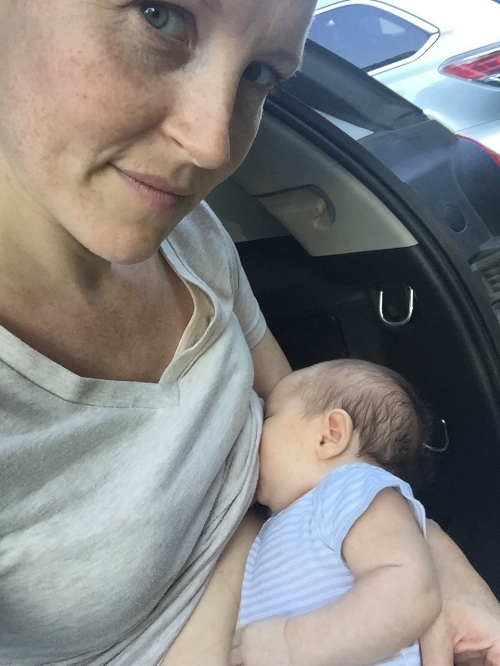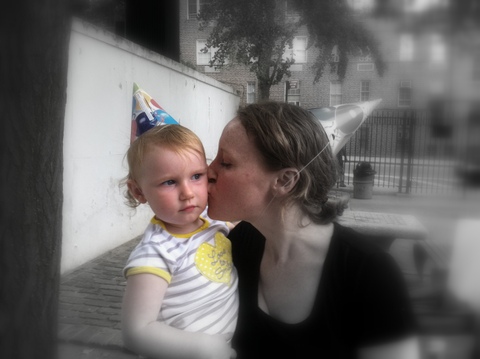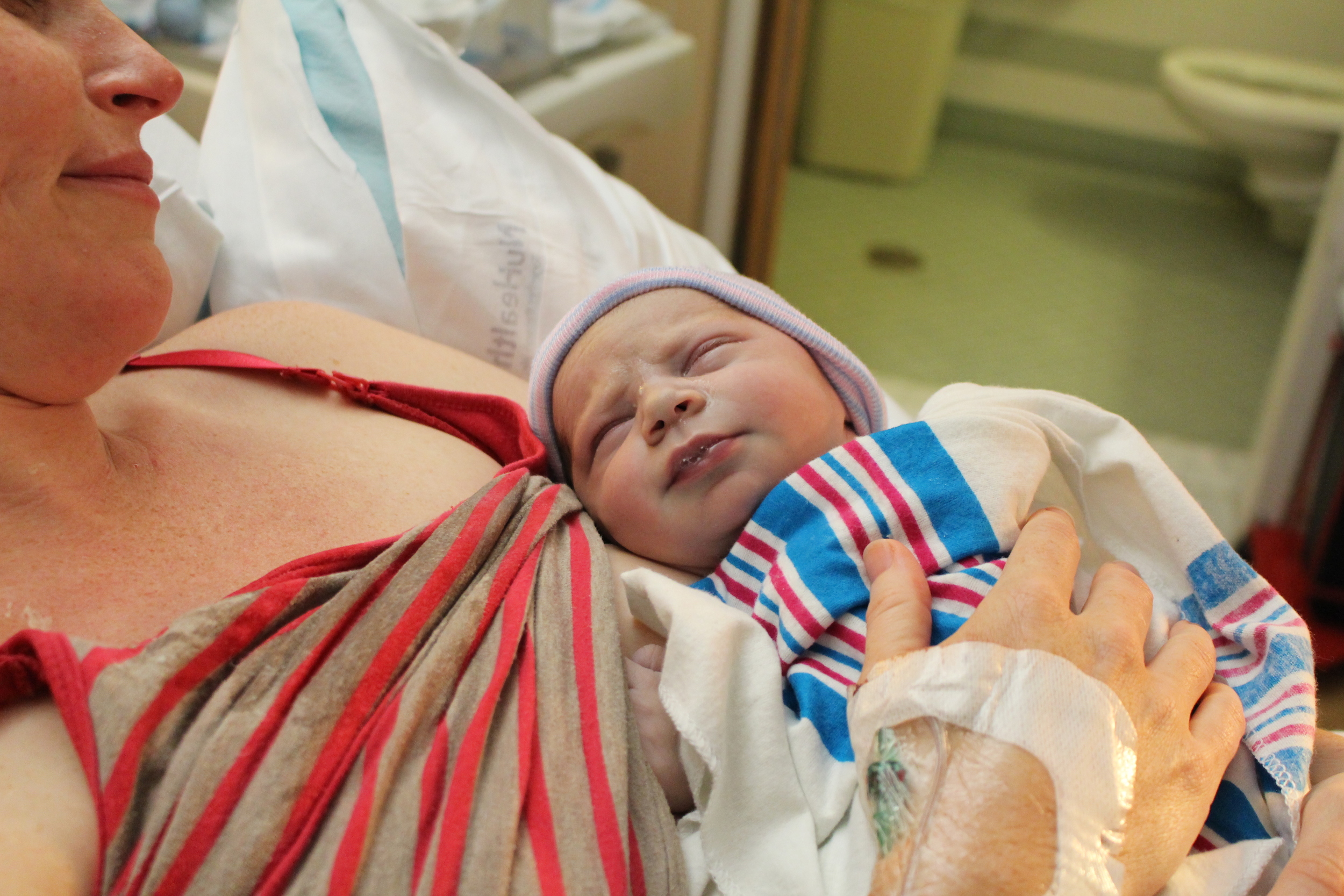Question: Is breastfeeding a form of birth control? Answer: No, kinda, sorta, well it’s complicated. Breastfeeding itself should not be considered a form of birth control. However, breastfeeding is a component of Lactational Amenorrhea, which is a form of birth control.
There are 3 components of Lactational Amenorrhea
Infant is less than 6 months
Infant is exclusively (or near exclusively breastfeeding) with no more than 4-6* hrs between feeds. This includes nights. The CDC does not state this, but I have also seen other definitions include breastfeeding from both breasts.
Your period/menstrual cycle has not returned (this is the definition of amenorrhea)
When done correctly this form of birth control is 98% effective. For comparison, typical use of birth control pills leads to 91% efficacy, but perfect uses is over 99%. Condoms are about 82% effective with typical use, but 98% with typical use.
Some women do not have a return of their menses until well after six months postpartum while breastfeeding. However, I would caution against continuing to use this method past the first six months. Generally speaking a period follows ovulation. Breastfeeding may continue to decrease your fertility, but there really is no guarantee. If you have ever heard someone say, I don’t know how I got pregnant I didn’t even have my period back yet, you can hopefully better understand this now - ovulation generally precedes menstruation.
* This is the CDCs definition. An exclusively breastfed baby who only nurses every 4-6hrs in not getting enough milk. I think the intention is that the baby is not going longer than 4-6 hours during the night. Or, if you supplement once a day that leads to a long interval of not feeding directly at the breast, this method would not be for you. For instance, you nurse at 5pm, supplement at 7:30pm and the baby nurses again at 11:30pm, this stretch between feeding at the breast would be too long.




